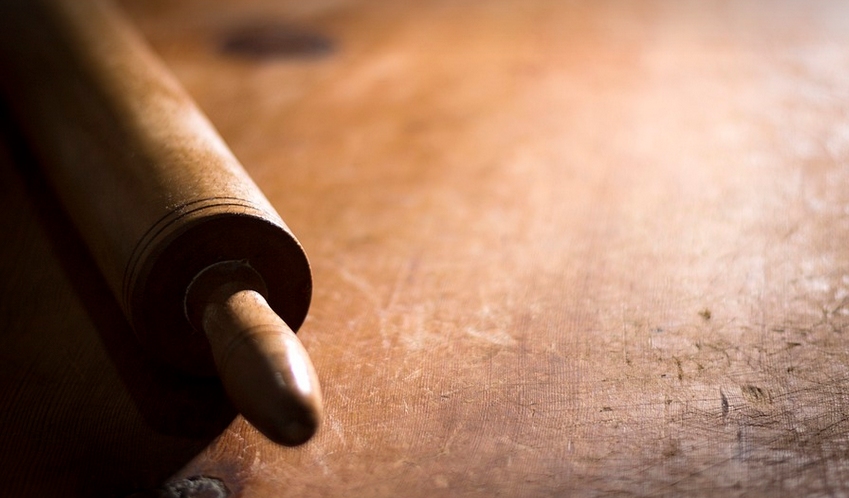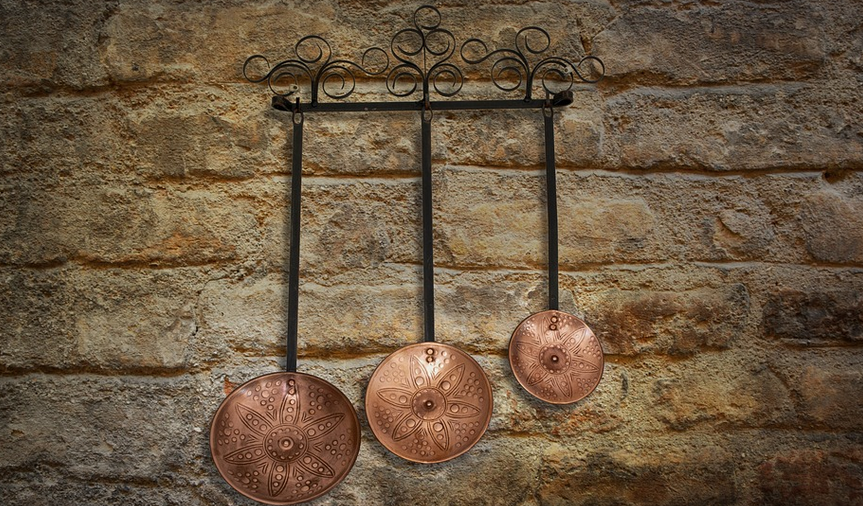Toilet Bowl Flushes Slowly: Causes And Solutions

Understanding the Slow Flush Mystery
Ah, the dreaded slow flush. It’s a bathroom annoyance that can turn even the simplest task into a frustrating ordeal. Whether it’s leaving you standing there awkwardly with a dripping toilet or just generally making your day feel a little less pleasant, understanding why this happens and how to fix it is essential.
Before we get into the nitty-gritty of solutions, let’s understand the “why” behind slow flushes. It often boils down to two main culprits, both related to the way water moves through your plumbing system: clogged pipes and an inefficient flushing mechanism.
Clogged Pipes – The Silent Culprit
One common cause of a slow flush is a build-up of debris in your toilet’s plumbing. This can happen due to things like:
- Waste buildup: We all produce waste, and sometimes it gets stuck around the bend of our drain pipes.
- Foreign objects: Hair, soap, or other debris that finds its way down the drain can cause slow drainage and a frustratingly slow flush.
- Mineral buildup: Hard water creates calcium and magnesium deposits in your pipes over time, particularly if you live in an area with hard water. This mineral buildup can impede water flow and lead to slow flushing.
To combat this issue, regular cleaning is key. Use a drain snake or plumbing auger to remove any blockages that could be causing the problem. You can also try using a plunger to dislodge stubborn clogs. However, if you suspect a larger issue with your pipes, it’s best to consult a plumber.
The Flush Valve: A Key Component
Your toilet flush mechanism plays an important role in how quickly water flushes through the bowl. Here are some common reasons why it might be slow:
- Clogged or damaged flapper valve: The flapper is a rubber seal that helps keep the water level consistent and prevents leaks. If this gets clogged with debris, your flush can become ineffective.
- Worn-out fill valve: This fills the bowl with water during each flush. A worn-out fill valve will not be able to operate properly, leading to a slow flush.
- Low Water Pressure: Sometimes, even if your flush valve works properly, there may not be enough water pressure to effectively flush the bowl.
Fixing these problems can involve replacing the flapper or fill valve (check your owner’s manual for details). If you suspect a more complex issue with your plumbing system, it’s best to consult a professional plumber.
Solutions and Prevention
Once you’ve identified the potential cause of your slow flush, here are some solutions you can try:
1. Cleaning Power: Just like a car needs periodic maintenance, your plumbing needs regular care, too.
Clean your toilet bowl regularly to prevent buildup of debris, especially hair and soap scum. Use a cleaning solution designed for the job to ensure a thorough clean.
2. Check Your Water Pressure: You may need a water pressure booster to increase water flow during flushing.
If possible, check your house’s water pressure. Many homes have low water pressure, and this can impact how effectively a toilet flushes. You might also consider installing a water pressure regulator.
3. Address the Flapper Valve: This is a common culprit of slow flushing.
Replace your flapper valve if it’s damaged or clogged. A worn-out flapper can prevent water from flowing effectively through the toilet bowl, leading to a slow flush.
4. Consider the Fill Valve: If you suspect an issue with your fill valve, it might be time to replace it
The fill valve is responsible for filling the bowl with water during each flush. If it malfunctions, your flush can become slow or ineffective. Replacing it can solve this problem.
5. Seek Professional Help: There are instances when DIY solutions fall short. A professional plumber can diagnose and fix any deeper plumbing issues that could be causing your slow flush.
Sometimes, the problem lies deeper than a simple clog. If you’ve tried all these steps and still have a slow flush, it might be time to call in the experts. Plumbers are trained to identify and address more complex plumbing problems.
Remember, maintaining your home’s plumbing system is crucial for enjoying a comfortable bathroom experience without the frustration of a slow flush!


